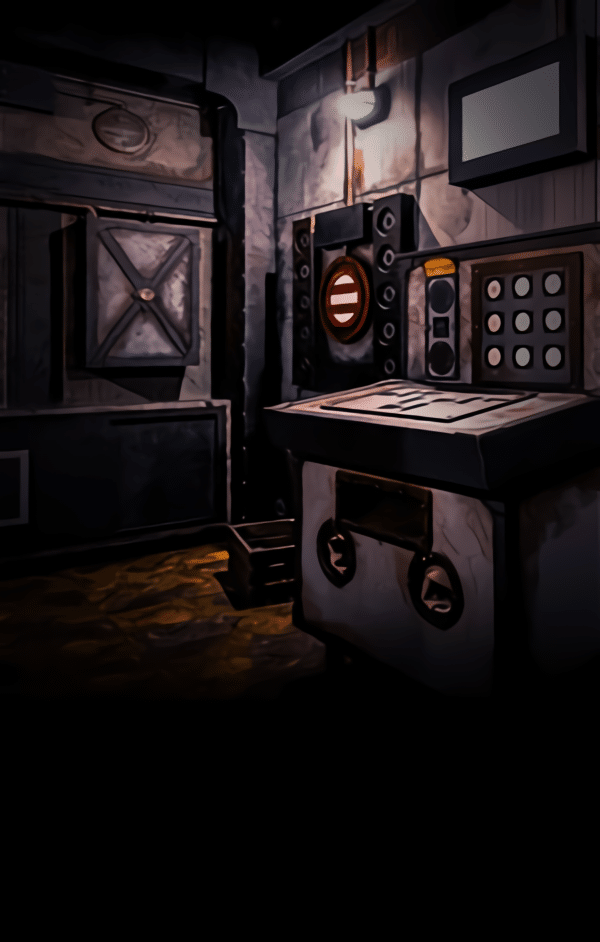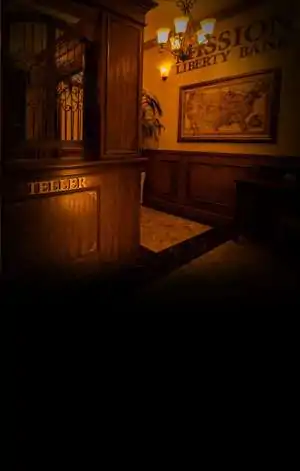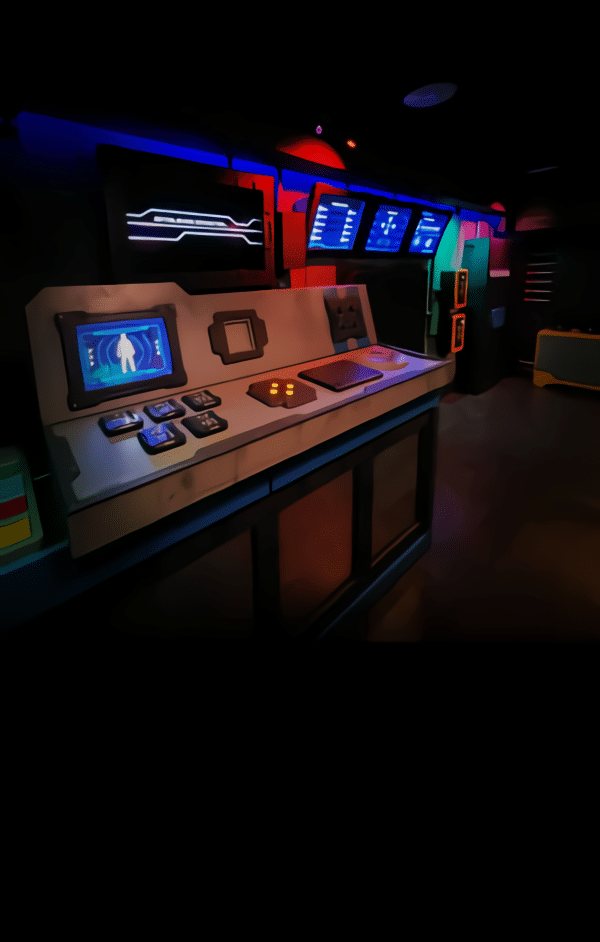When taking on the thrilling challenges of the escape room NYC mission escape game, preparation, teamwork, and strategy all come into play. Each puzzle is designed to test your problem-solving, communication, and time management skills — and while escaping in time is never guaranteed, there are proven ways to raise your chances of success.
Let’s break down the key techniques and strategies that can help you and your team conquer your next escape room experience at Mission Escape Games in New York City.
Understanding the Escape Room NYC Mission Escape Game
Before the clock starts, it helps to know what you’re up against. Mission Escape Games – NYC offers a series of unique challenges, including End of Days A, End of Days B, Hydeout, and Carbon: 3708. Each room has its own story, atmosphere, and puzzle logic.
Understanding the theme can give you insight into the types of clues you’ll encounter. For instance, Hydeout may lean into mystery-solving, while Carbon: 3708 might rely on futuristic technology and code-breaking. Paying attention to the story brief before entering the room can reveal small but vital hints that guide your approach once the timer begins.
Think of each room as a living puzzle: every object, sound, and symbol has meaning. Nothing is random, and staying alert to your surroundings can make a big difference.
Strengthening Team Communication
Clear communication is one of the biggest factors in a successful escape. Whether you’re tackling End of Days A or the more tech-heavy Carbon: 3708, coordination ensures no clue is overlooked.
Make sure everyone feels comfortable speaking up. It’s common for players to hesitate if they’re unsure of an idea — but in escape rooms, even wild guesses can spark the right connection.
Here are a few tips for better teamwork:
-
Announce discoveries: If you find a key, code, or strange object, say it out loud.
-
Designate roles: Assign one or two people to manage found clues, one to observe patterns, and another to test locks or combinations.
-
Stay calm under pressure: Time can make people frantic. A level-headed group communicates more efficiently and avoids repeated mistakes.
Managing Time Effectively
You typically have 60 minutes to escape, and how you use that time matters as much as your puzzle-solving skills. Many teams lose not because they can’t solve the clues, but because they spend too long fixating on one.
Consider this approach:
-
Scan the room: Take one or two minutes at the start to identify potential locks, hidden compartments, or objects that stand out.
-
Divide and conquer: Split tasks among team members instead of clustering around one puzzle.
-
Keep track of progress: Once a lock or puzzle is solved, move on immediately. Avoid revisiting solved clues unless a new connection appears.
Time management also means knowing when to ask for hints. Mission Escape Games staff are trained to give subtle nudges without spoiling the fun — so if you’re stuck for too long, don’t hesitate to ask.
Paying Attention to Details
Escape rooms are designed to reward observation. From tiny engravings on furniture to unusual arrangements of numbers, the smallest elements often hold the biggest clues.
In the escape room NYC mission escape game, pay special attention to:
-
Patterns and colors: These can correspond to sequences on locks or panels.
-
Audio clues: Some rooms include sound effects or dialogue that contain hidden hints.
-
Written materials: Letters, maps, or lab notes can contain subtle wordplay or numerical codes.
Avoid tunnel vision. Sometimes, one person focusing too narrowly can miss what another notices instantly. Switching perspectives or trading roles midway can bring fresh eyes to stubborn puzzles.
Keeping a Positive Team Dynamic
Escape rooms thrive on teamwork and morale. A positive attitude keeps creativity flowing, while frustration can shut it down fast.
Here’s how to maintain good energy:
-
Encourage contributions: Even if an idea doesn’t pan out, appreciate the effort.
-
Celebrate small wins: Every unlocked clue is progress worth recognizing.
-
Avoid blame: If something doesn’t work, move on quickly instead of dwelling on it.
These rooms are designed to test patience and cooperation as much as intellect. Treat each challenge as a team-building opportunity rather than a competition.
Using Logical and Creative Thinking
The puzzles in Mission Escape Games blend logic, pattern recognition, and imagination. A mathematical combination lock might lead into a riddle, while a cryptic note could reveal a code when rearranged.
Don’t rely solely on one way of thinking. Some clues require:
-
Analytical reasoning (math, sequencing, decoding)
-
Lateral thinking (wordplay, symbolic connections)
-
Creative leaps (interpreting art, sound, or unconventional clues)
Discuss each puzzle out loud and let multiple minds approach it differently. This cross-pollination of ideas often reveals the right path faster than working in silence.
Staying Organized During the Game
A common pitfall is clutter. Teams often leave solved clues mixed with unsolved ones, wasting time rechecking old objects.
Stay organized by:
-
Creating a solved pile: Keep used keys, papers, and tools in a corner so you know what’s already done.
-
Noting unused clues: If something doesn’t make sense yet, keep it visible and revisit later.
-
Avoiding chaos: Don’t tear the room apart; use logic before brute force.
An orderly approach makes it easier to spot connections between puzzles, especially in complex multi-stage games like End of Days B or Hydeout.
Learning from Previous Experiences
Each visit to Mission Escape Games builds experience. You learn how to think faster, communicate better, and notice what the game designers tend to hide.
Take note of recurring puzzle patterns, such as:
-
Letter and number ciphers
-
Symbol sequences
-
Layered clues that combine information from multiple objects
Even if you don’t escape one room, that experience will sharpen your instincts for the next. Many veteran players intentionally replay rooms or try new themes to see how their strategies evolve.
Conclusion
Improving your chances of escaping at the escape room NYC mission escape game comes down to teamwork, sharp observation, and flexible problem-solving. Whether you’re navigating the mysterious world of Hydeout or racing against time in Carbon: 3708, your success depends on how well your team communicates and adapts under pressure.
Stay focused, stay curious, and remember that every escape room is as much about the experience as it is about the outcome. When the door unlocks — whether through victory or time running out — what you take away is the thrill of collaboration and discovery.
Frequently Asked Questions
1. How can I improve my chances of escaping a room in the escape room NYC mission escape game?
Practice teamwork, manage time wisely, stay organized, and communicate clearly. Observing details, thinking creatively, and maintaining calm under pressure can dramatically boost your odds of escaping before the timer runs out.
2. How many people should be on a team for the best chance of escaping?
Teams of four to six players tend to perform best. This size allows for diverse thinking without overcrowding the room or creating communication gaps.
3. How long do I have to escape a room at Mission Escape Games NYC?
Most rooms are designed for a 60-minute challenge, though difficulty levels can vary depending on the game you select.
4. Are some escape rooms harder than others at Mission Escape Games NYC?
Yes. Games like Carbon: 3708 may include more technical or futuristic elements, while Hydeout might emphasize deduction and storytelling. Choosing based on your team’s strengths helps.
5. Can beginners successfully escape their first room?
Absolutely. Mission Escape Games provides balanced challenges that cater to both new and experienced players. With teamwork and attention to detail, first-timers often surprise themselves with how far they get.









